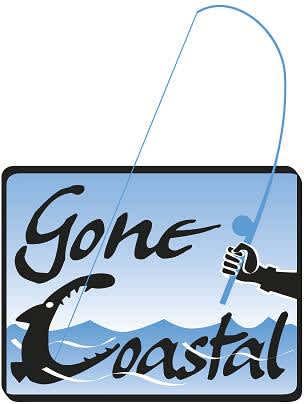Heading to the Keys for Lobster Season?

Lobster sport season is July 25-26, followed by the regular season that begins Aug. 6 and runs through the end of March 2013. If you’re not packing up to head for the Keys right now, well … you’re basically no fun at all. I’m just kiddin’! I can’t go either this year because I wasted my vacation drowning bait in the murky waters of the Florida Panhandle left behind for a little while after Tropical Storm Debby.
I guess I’ll just have to live off my lobstering memories a while longer!
Swimming around in the clear water of the Florida Keys is an experience like no other. Trying to coax a lobster out of a crevice with a tickle stick (a device used to encourage the lobster to come out of its hiding place) while keeping track of how much air you have left is a blast. Lobsters aren’t always the most cooperative of creatures. If you haven’t had the experience, you’ll find out pretty quick that they’re smarter and faster then they look – especially when they throw it into reverse!
While capturing the “bugs” can be tricky, anyone can be successful if picking the right location. If you are free-diving with no air supply, pick an area where water depths will allow you at least 30 seconds of bottom time. Lobster like to hide in all kinds of structure, so focus your search on coral reefs, bridge pilings, etc., in appropriate depths.
The other good piece of advice for those who are new to the sport is “learn to clear your ears.” Making repetitive dives even to only 6 to 10 feet without clearing your ears each time can be very painful.
Have fun, but remember, safety first. A “divers-down” flag (red with a white diagonal stripe) is required while in the water. Visit MyFWC.com/Boating and click on “Boating Regulations” for more on how to snorkel safely.
While lobster chasing is phenomenal, the whole Keys experience is much bigger than just hunting the bug. Inshore and offshore fishing is amazing, and both are right at your fingertips. Where else can you catch dolphin, sailfish, permit, bonefish, grouper, snapper and tarpon within 10 miles of your hotel room, and then finish off your day bagging a limit of bugs? No offense, Mickey, but don’t try that in Orlando!
The spiny lobster sport season is a huge two-day event drawing tens of thousands of die-hard lobster getters from all over the country to the Florida Keys and other parts of South Florida. Occurring on the last Wednesday and Thursday of July each year, this miniseason is truly the best time to bag a limit because they’ve been resting in peace for months and won’t be expecting you to show up.
Not all areas in Monroe County are open for lobster harvesting, so “know before you go,” as they say. Harvesting lobster is prohibited in John Pennekamp Coral Reef State Park during the sport season. The same goes in Everglades National Park, Dry Tortugas National Park, no-take areas in the Florida Keys National Marine Sanctuary and the Biscayne Bay/Card Sound Lobster Sanctuary during both the two-day season and regular lobster season. If you’re not familiar with all the jurisdictional boundaries in Monroe County, I strongly advise you to obtain a good map of the area so that you can avoid the no-take zones. Otherwise, visit the lobster information booth at mile marker 106 on U.S. 1 in Key Largo.
During the short sport season, the recreational daily bag limit is six per person in state and federal waters off Monroe County and Biscayne National Park, and 12 per person in state and federal waters off all other counties. During the regular season, the daily bag limit is six per person in all state and federal waters. Lobster harvesting during either season requires a resident or nonresident saltwater fishing license and a special lobster permit, unless you are exempt.
So what are the no-nos? Night diving during the sport season in state and federal waters off Monroe County, harvesting egg-bearing females, using any harvest device that can puncture or crush the lobster and using recreational traps are all prohibited.
Spiny lobster must have a minimum carapace length of at least 3 inches and must be measured in the water. The carapace is measured from the forward edge (between the rostral horns) to the rear edge of the carapace, and all harvesters must have a measuring device while harvesting.
For information on lobster harvesting, please visit MyFWC.com/Fishing and click on “Saltwater,” “Recreational Regulations” and “Lobster.”
So, if you don’t want to miss the fun, grab your mask, your dive flag and tickle stick and head south for some lobster chasing excitement. And remember, don’t forget your cast net and fishing tackles, or you will kick yourself when you get there!

